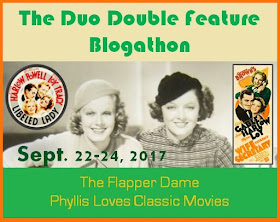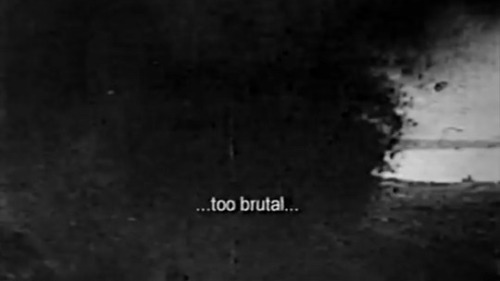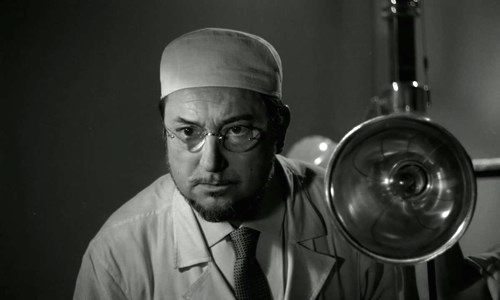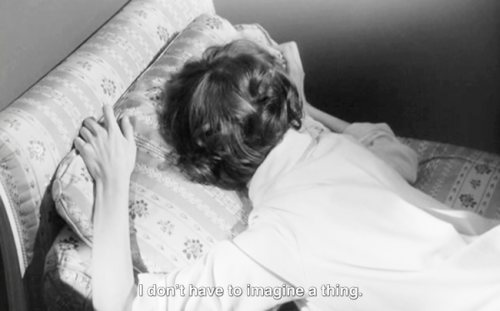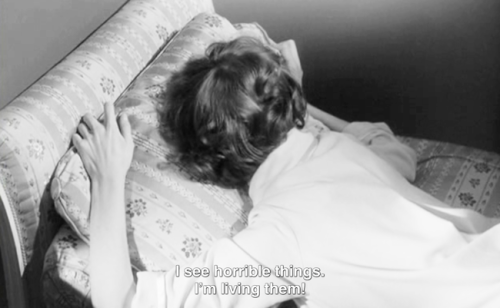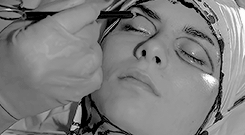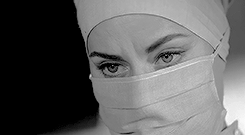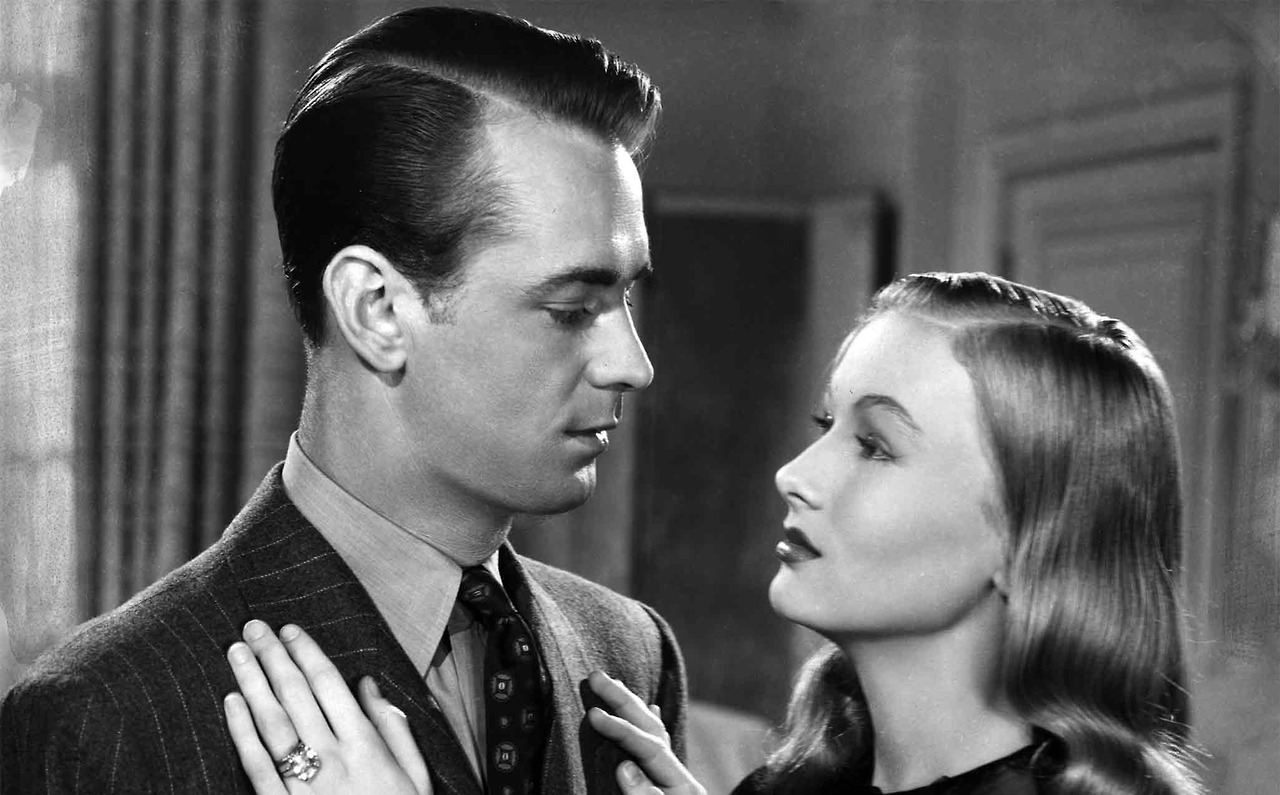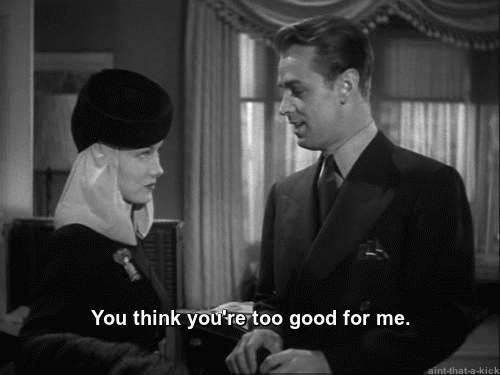Myrna Loy and Jean
Harlow: a friendship
Myrna Williams nasceu em dois de agosto de 1905
em Helena, Montana. Harlean Carpenter nasceu em três de março de 1911 em Kansas
City, Missouri. Myrna, agora com o sobrenome Loy, fez seu primeiro filme em
1925. Harlean, agora com o nome Jean Harlow, fez seu primeiro filme em 1928. Em
1934, as duas mulheres se conheceram por intermédio de um homem que ambas
amavam – mas Myrna o amava apenas nas telas, e Jean na vida real.
Myrna Williams was born
on August 2nd 1905 in Helena, Montana. Harlean Carpenter was born on
March 3rd 1911 in Kansas City, Missouri. Myrna, now with the last
name Loy, made her first movie in 1925. Harlean, now renamed Jean Harlow, made
her first movie in 1928. In 1934, the two women were presented to each other by
a man they both loved – but Myrna loved him on screen only, and Jean in real
life.
Foi durante um programa de rádio para promover o
filme “A Ceia dos Acusados” (1934) que William Powell apresentou sua namorada
Jean Harlow para Myrna Loy, sua companheira de cena. Elas logo de cara gostaram
uma da outra. Em sua autobiografia, “Being and Becoming”, Myrna Loy se lembra
de Harlow:
It was during a radio
show appearance to promote “The Thin Man” (1934) that William Powell introduced
his girlfriend Jean Harlow to Myrna Loy, his screen partner. They immediately
liked each other. In her memoir, “Being and Becoming”, Myrna Loy remembers
Harlow:
“Jean era sempre muito alegre, divertida, mas ela
também era uma mulher sensível com grande dose de autorrespeito. Todo o resto –
aquilo era artificial. Ela não era daquele jeito. Ela era apenas uma boa atriz
que criou uma caracterização cheia de vida que exalava sex appeal.”.
“Jean was always very cheerful, full of fun, but she also happened to be
a sensitive woman with a great deal of self-respect. All that other stuff –
that was all put on. She wasn't like that at all. She just happened to be a
good actress who created a lively characterization that exuded sex appeal.”.
Em 1934, Jean Harlow já havia passado por algumas
situações difíceis e estava, finalmente, feliz em sua vida amorosa. Ela estava
feliz com Bill, e ficando contente com sua carreira. E em breve ela veria que tinha Myrna como amiga. Quando ela
finalmente contracenou com Loy, Jean estava mudando sua persona
cinematográfica.
By 1934, Jean Harlow had
already had some rough times and was, finally, happy with her love life. She
was happy with Bill, and getting happier with her career. And soon now she’d
realized she had a friend in Myrna. When she finally worked with Loy, she was
making changes in her film persona.
Myrna e Jean fizeram
dois filmes juntas, e ambos estrearam em 1936. O que eu acho interessante é
que, embora os filmes tenham duas das maiores estrelas da MGM, Myrna e Jean não
são colocadas para competir entre si – pelo menos não deliberadamente e de
maneira negativa.
Myrna and Jean appeared
in two movies together, both released in 1936. What I find interesting is that,
although these films have two big stars from MGM, in none of them they are put
against each other to compete – at least not in a negative and deliberate way.
Em “Ciúmes”, a esposa
Linda, interpretada por Myrna, apenas fica com ciúmes da secretária Whitey,
interpretada por Jean, porque é levada a acreditar que ela está seduzindo seu
marido, Van, interpretado porClark Gable. Linda ouve coisas ruins sobre Whitey,
que não é uma predadora sexual, mas sim uma secretária séria.
In “Wife vs Secretary”,
the wife Linda, played by Myrna, only becomes jealous of the secretary Whitey,
played by Jean, because she is led to believe that the blonde beauty is
seducing her husband, Van, played by Clark Gable. Linda is poisoned against
Whitey, who isn’t a man hunter, but a serious secretary.
Em “Casado com Minha
Noiva”, Jean e Myrna têm ainda menos tempo juntas em cena. No filme, Gladys
(Jean) está ansiosa para se casar com Warren, um jornalista interpretado por
Spencer Tracy. Mas ele não pode pensar em casamento porque está sendo
processado pela herdeira Connie (Myrna) por causa de uma história que ele
publicou sobre a vida amorosa dela. Então, ele decide juntar Connie e Bill
(William Powell), um antigo repórter.
In “Libeled Lady”, Jean
and Myrna have even less screen time together. In this movie, Gladys (Jean) is
really looking forward to getting married to Warren, a journalist played by
Spencer Tracy. But he can't think about marriage while he is being sued by
heiress Connie (Myrna) because of a story he published about her love life. So,
he decides to set Connie up with Bill (William Powell), a former reporter.
Mesmo que “Ciúmes”
seja divertido – e tenha também James Stewart bem novinho! – eu acredito que
“Casado com Minha Noiva” é um filme melhor. É amalucado, romântico e muito
divertido – duas palavras: Bill pescando! Todos os atores envolvidos no filme
concordaram comigo, porque, de acordo com Myrna, as filmagens de “Casado com
Minha Noiva” foram muito agradáveis e durante os intervalos os atores
permaneciam juntos conversando.
Although “Wife vs
Secretary” is quite enjoyable – and has a very young James Stewart! - I believe
that “Libeled Lady” is a superior film. It's zany, romantic and extremely funny
– two words: Bill fishing! All the actors involved agreed with me, because,
according to Myrna, the filming of “Libeled Lady” was very pleasant and during
breaks the four actors stayed together chatting and laughing.
Jean e Myrna se
divertiam juntas, mas só se tornaram amigas íntimas durante as filmagens de “A
Comédia dos Acusados” (1936). Foi durante uma viagem de trem que esta história
aconteceu – minha anedota favorita envolvendo Myrna Loy. Considerando que “A
Comédia dos Acusados” estreou depois dos outros dois filmes que Jean e Myrna
fizeram juntas, isto provavelmente aconteceu depois de terem filmado “Ciúmes” e
“Casado com Minha Noiva”.
Jean and Myrna had fun
together, but they only became intimate friends during the filming of “Another
Thin Man” (1936). It was during a train trip that this fun story happened – my
favorite anecdote involving Myrna Loy. Considering that “Another Thin Man” was
released after the two films Jean and Myrna did together, this probably
happened after the shooting of both “Wife vs Secretary” and “Libeled Lady”.
Myrna, Jean e William
Powell estavam viajando de trem. Quando eles chegaram ao hotel St. Francis,
descobriram que uma suíte chique já havia sido preparada para o famoso casal
Powell e Loy, e havia apenas um pequeno quarto disponível para Harlow. Já que
Myrna e Bill eram tão bons juntos, a gerência do hotel pensou que eles eram um
casal na vida real! A situação foi resolvida colocando Bill no quartinho e as
duas moças na suíte. Elas passaram a noite rindo, bebendo e conversando, e a
amizade se fortaleceu.
Myrna, Jean and William
Powell were travelling by train. When they arrived at the St. Francis Hotel,
they found out that a fancy suite had been booked by the famous couple Powell
and Loy, with only a small room left available for Harlow. Since Myrna and Bill
worked so well together, the management of the hotel thought they were a couple
in real life! The situation was solved leaving Bill in the small room and the two
girls in the suite. They spent the night laughing, drinking and chatting, and
their friendship became stronger.
“Aquela
confusão me deu uma das melhores amizades. Você poderia imaginar que Jean e eu éramos meninas na escola, de tanto que
nos divertimos. Nós ficamos metade da noite acordadas, conversando e tomando
gim, às vezes rindo, às vezes discutindo coisas mais sérias...”
“That mix-up brought me one of
my most cherished friendships. You would have thought Jean and I were in
boarding school we had so much fun. We'd stay up half the night talking and
sipping gin, sometimes laughing, sometimes discussing more serious
things...”
Jean Harlow fez mais dois filmes
depois de “Casado com Minha Noiva” e, eu uma das mais tristes histórias em
Hollywood, morreu com apenas 26 anos, deixando seu amado Bill e seus grandes
amigos Myrna e Clark Gable devastados.
Jean
Harlow made two more movies after “Libeled Lady” and, in one the saddest
departures in Hollywood, died at only 26, leaving her beau Bill and her close
friends Myrna and Clark Gable devastated.
“Foi terrível, um choque
horrível; eu amava Jean profundamente. Eu senti uma mistura nauseante de luto,
culpa e frustração porque eu não fui capaz de fazer o que poderia tê-la
salvado: afastado-a da mãe para que fosse examinada”.
"It was horrible, an awful
blow; I loved Jean deeply. I felt a sickening mixture of grief, guilt, and
frustration because I hadn't been able to do what might have saved her: get her
away from her mother for an examination”.
Se Jean tivesse vivido mais, ela
poderia ter trabalhado mais vezes com Myrna – mas eu acho que ela preferiria se
casar com Bill (com myrna Loy de madrinha, claro) e deixar o cinema. Mesmo que
breve, a amizade de Jean e Myrna foi forte e bela, e podemos sentir isso quando
vemos as duas juntas na tela.
If Jean had lived, she could have
worked more with Myrna – but I think she’d prefer to marry Bill (with Myrna Loy
as a bridesmaid, of course), and retire from the movies. Although brief, Jean
and Myrna’s friendship was strong and beautiful, and we can sense it when we
see them on screen.
This is my contribution to the Duo Double Feature Blogathon, hosted by Laura at Phillys Loves Classic Movies and Emily at The Flapper Dame.











